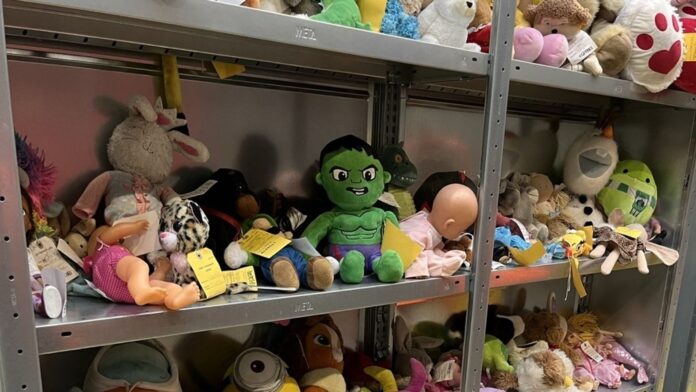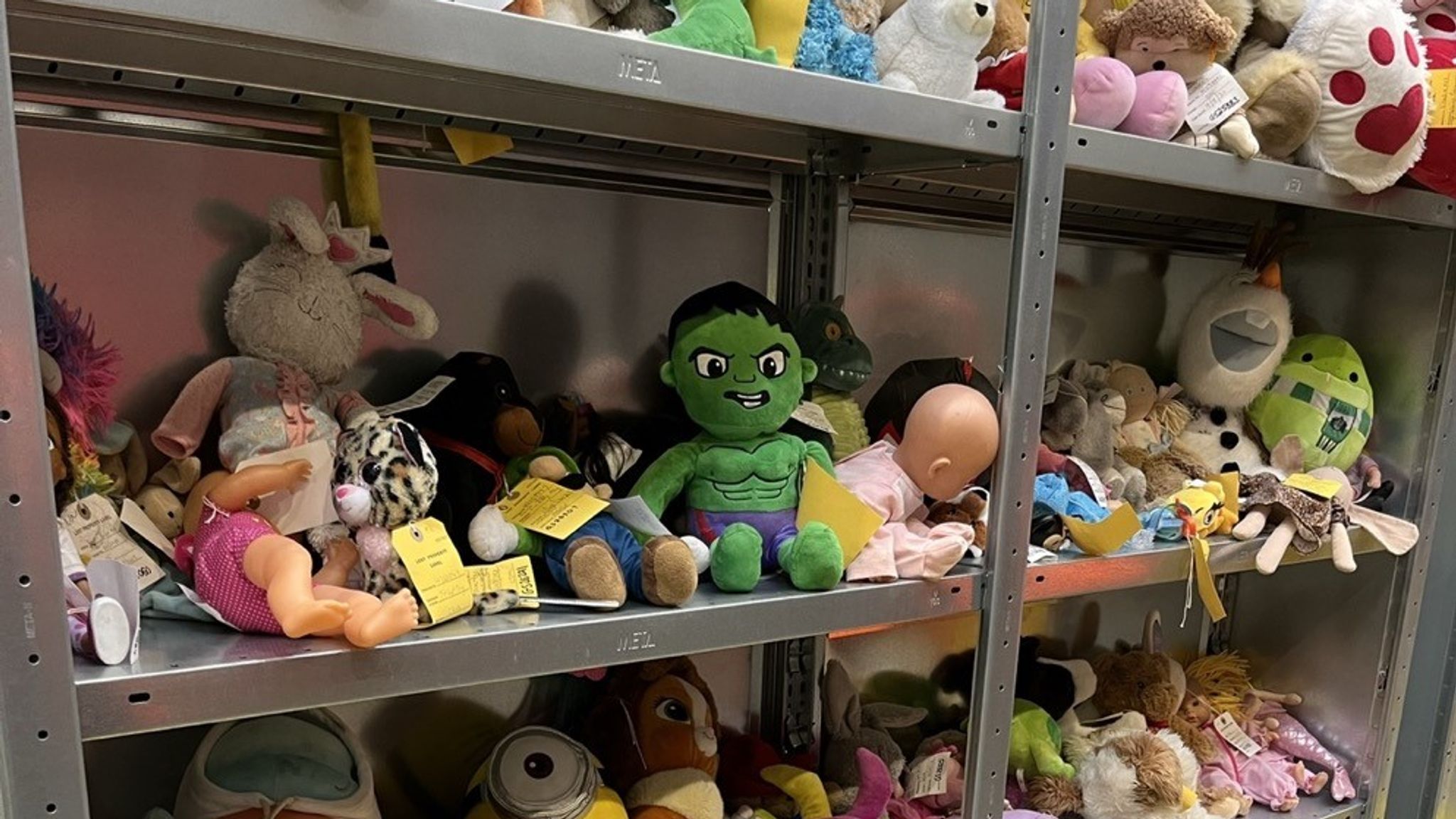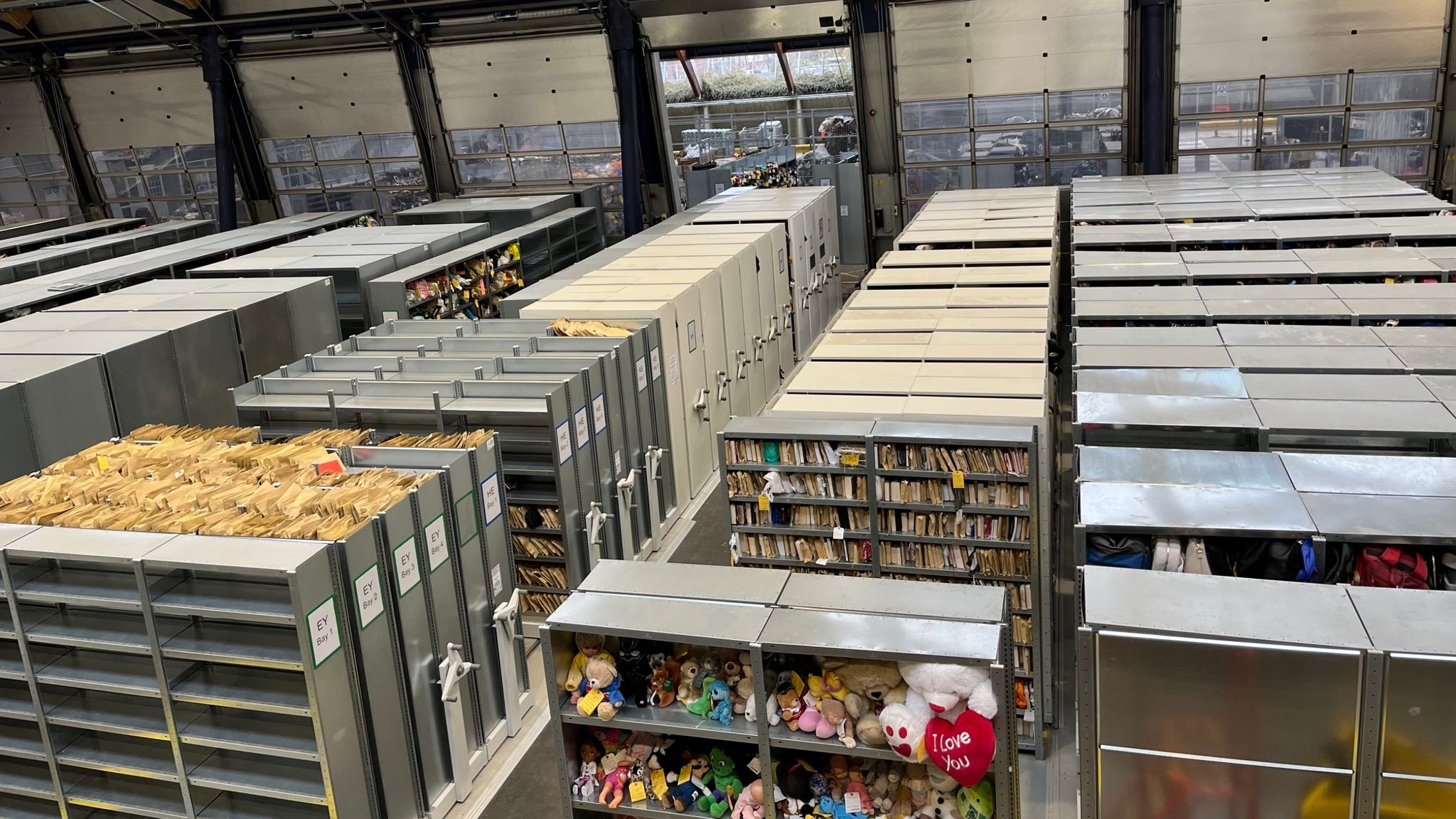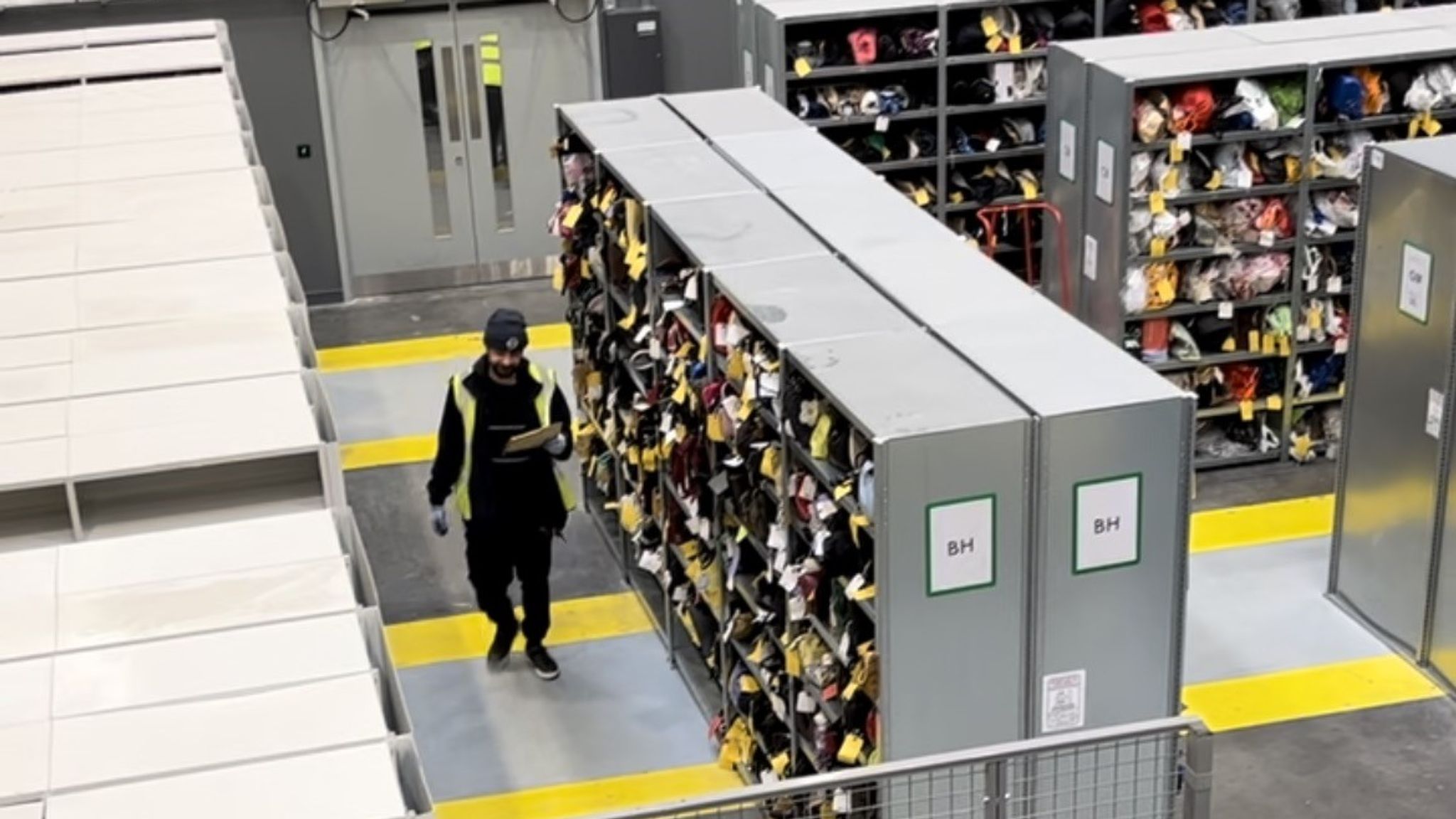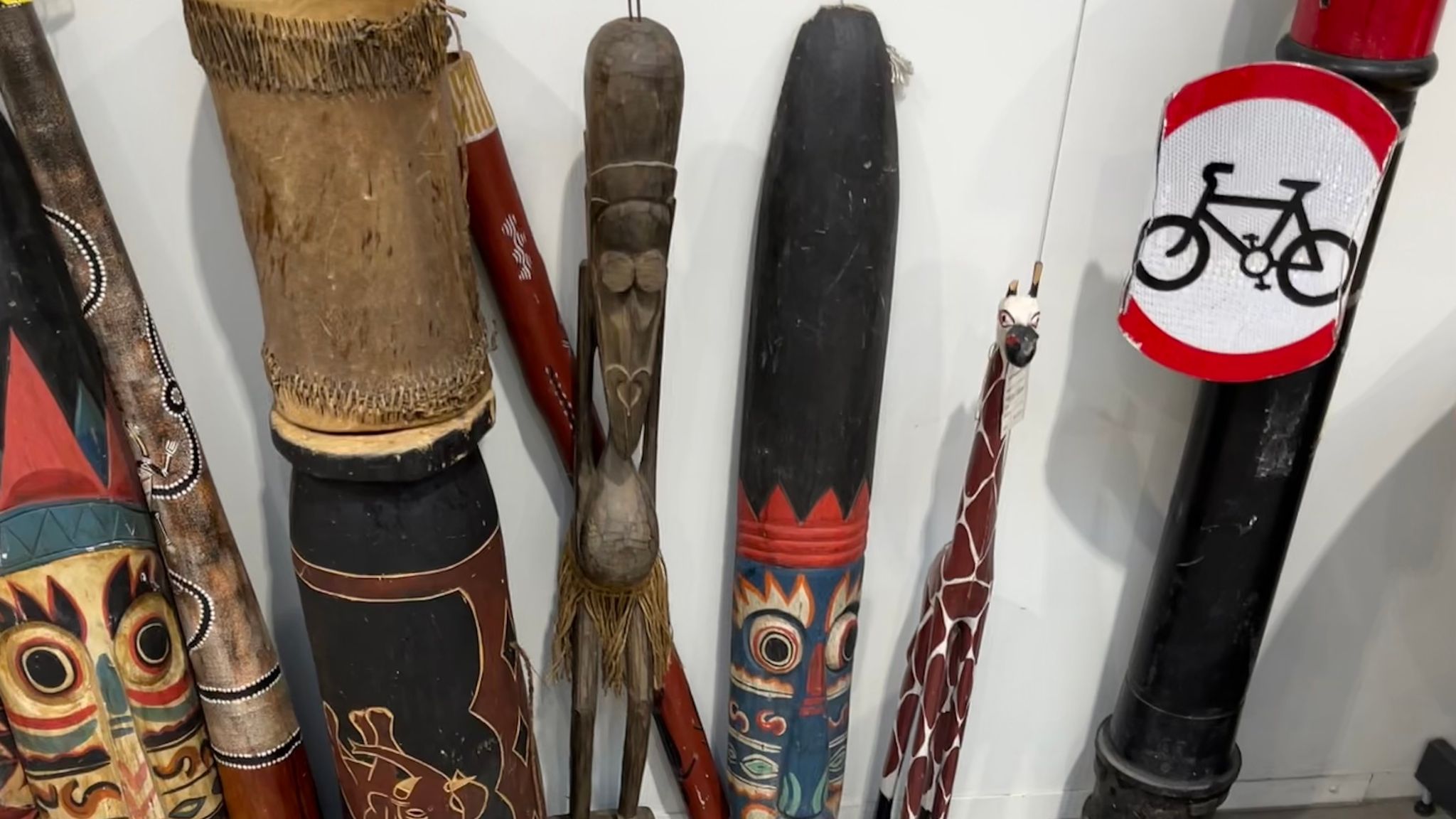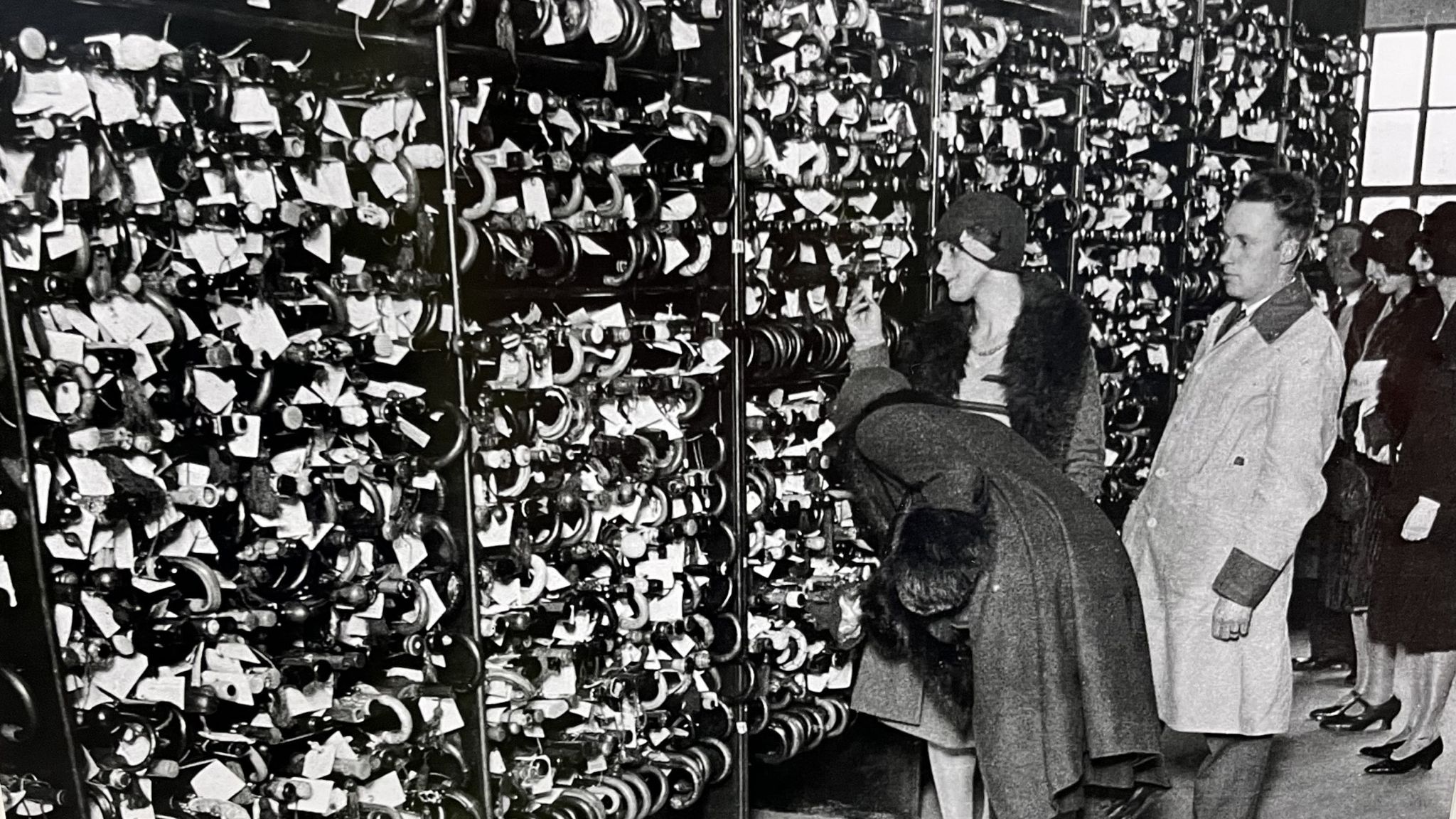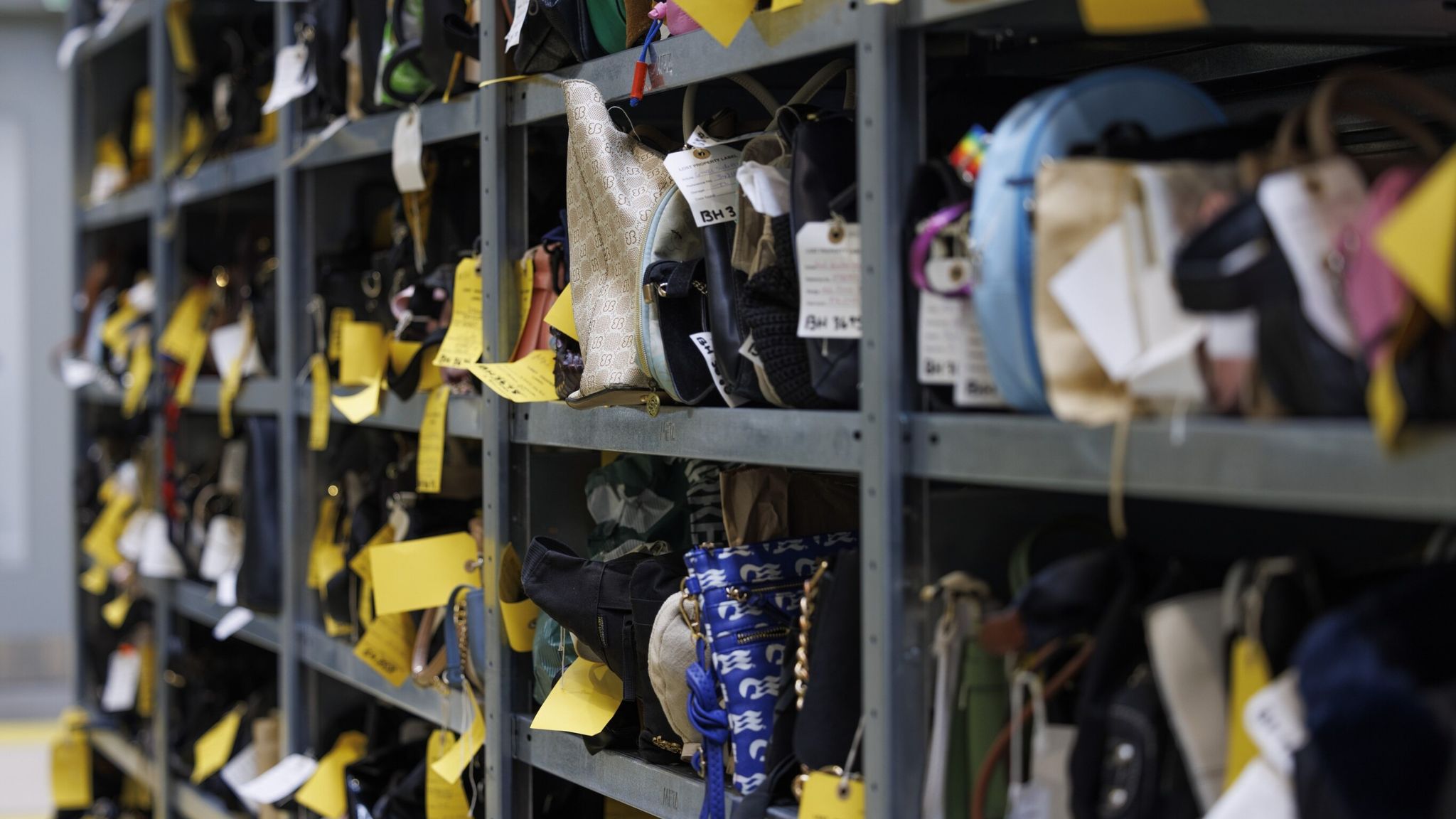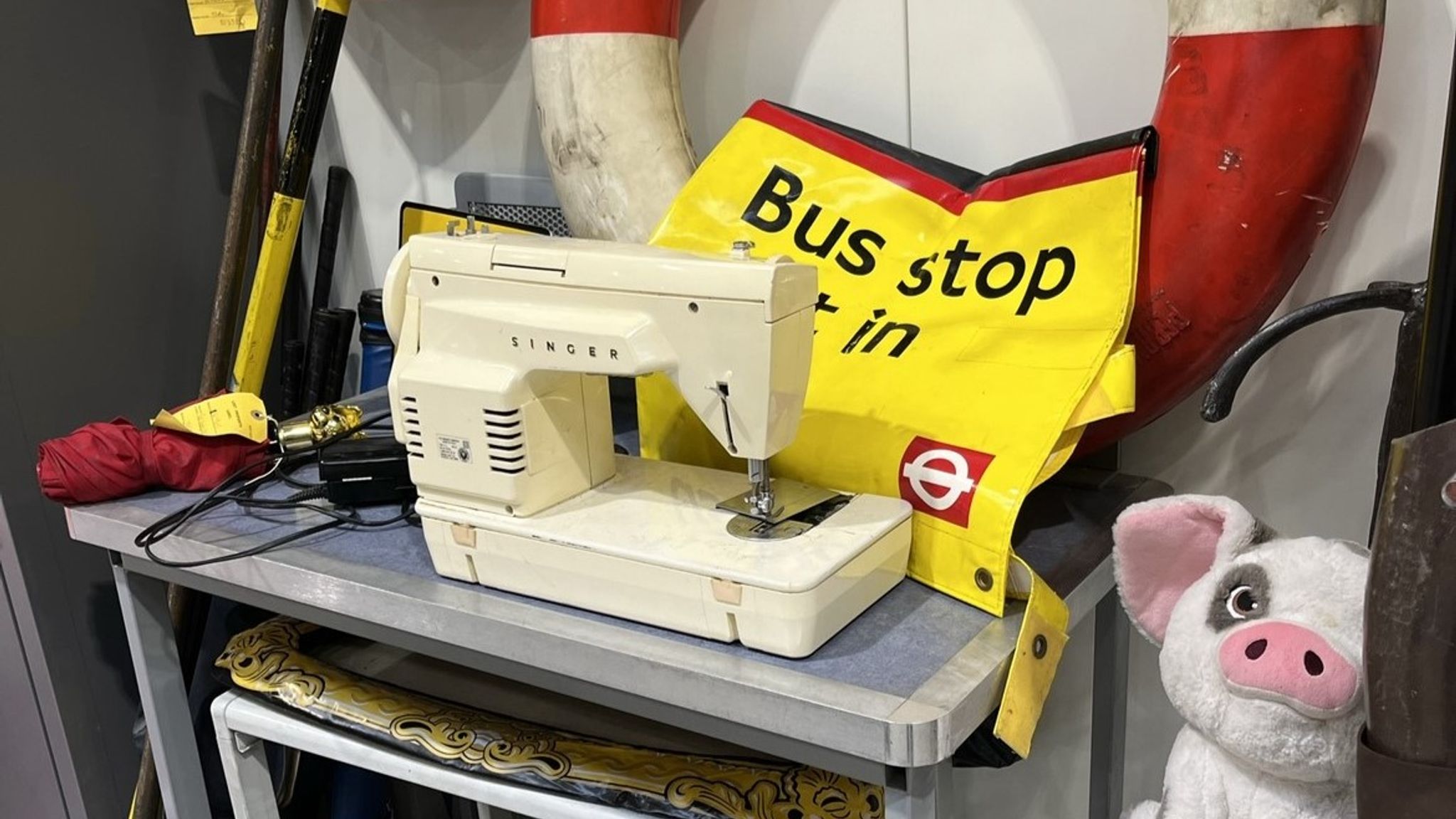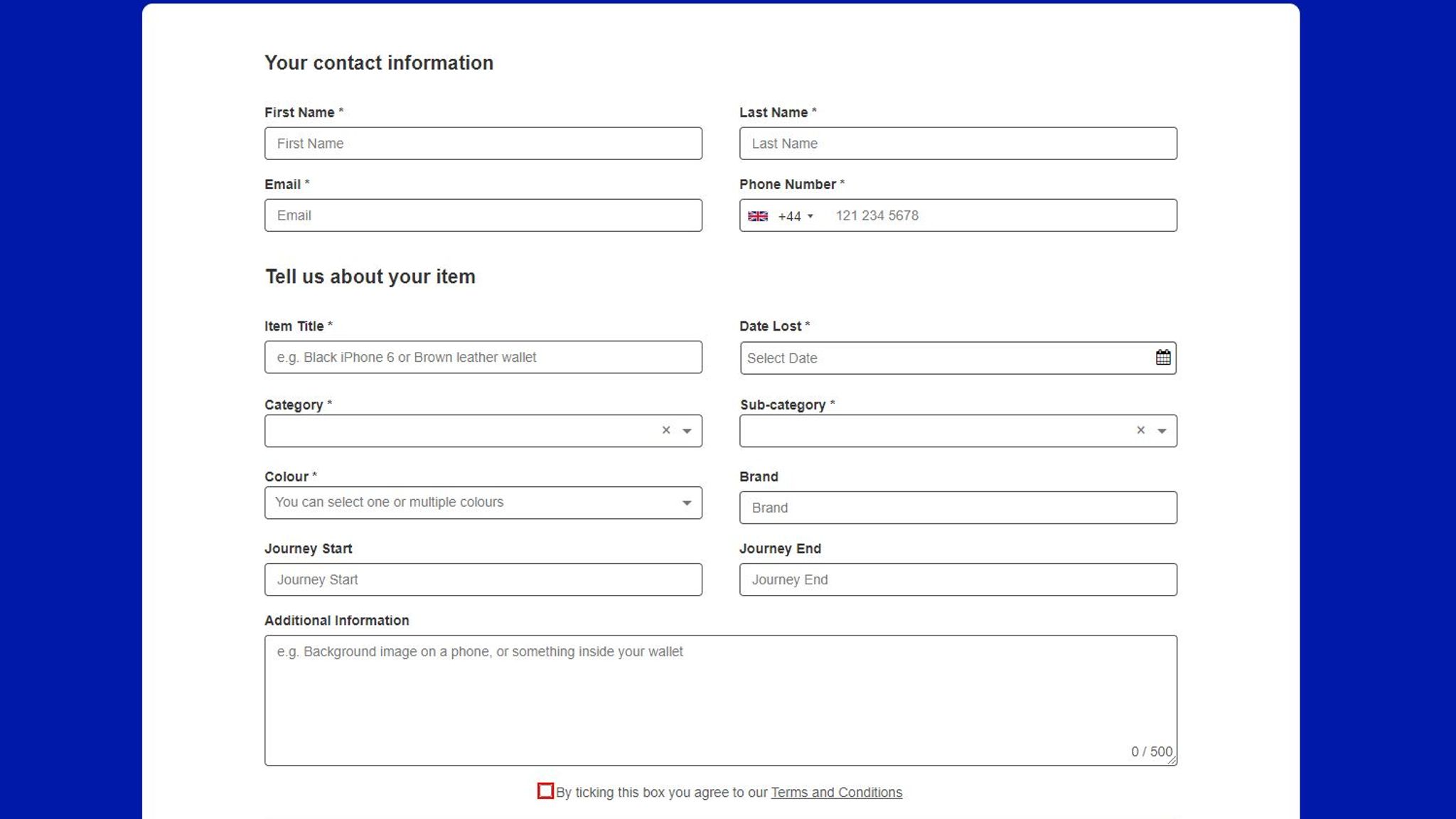Entering the largest lost property warehouse in Europe feels a bit like heading into a theme park maze – except instead of hedges, there are rows of metal shelves about 10ft high and full of, well, everything.
It’s vast, very grey, rather cold and, in truth, a little bit dull on the surface. Perhaps its operators had this in mind when they decided to fill the first section as you walk in with stuffed toys.
It sort of does the trick at brightening up the place, until you think about the children who are missing them.
With around 200,000 items turning up every year – roughly 6,000 every week – it’s organised chaos at Transport for London’s (TfL) lost property office in West Ham, east London.
As you walk around the warehouse you see the seemingly endless shelves filled with backpacks, handbags, phones, umbrellas, skateboards, scooters, buggies, footballs – you name it.
It’s brimming with London life, but it’s all lost. And with just three months to claim what’s theirs, if owners aren’t quick they may run out of time.
Still, there’s fun to be had here. The staff showing me around have a spring in their step as they tell me about the painstaking amount of work that goes into logging and sorting up to 1,100 new items per day.
“There’s a real surprise factor. Every day is different,” says Diana Quaye, the lost property office’s manager. “The other day we had a bollard come in from the Tube… I was questioning that, but we’ve been assured that it was definitely from the Tube!”
But it’s not just random junk. Some of these shelves hold seriously expensive stuff – Rolex watches, engagement and wedding rings and other expensive jewellery, the staff have seen it all. And much of it has never been claimed.
They have also found bags containing significant sums of cash, some as high as £15,000.
“There’s a lot of money that comes through here that we don’t get the chance to return because its owners assume it won’t get handed in,” says Ms Quaye.
Can you guess some of the weirdest items that have been left on public transport since TfL’s lost property service opened for business 90 years ago? I doubt it.
Weirdest lost property
- A box of cooked frogs – not just legs, full frogs
- Dried snakes
- A tray of different coloured false eyes
- A glass jar filled with bats
- A puffer fish
- A wedding dress
- A Dalek costume
- A parachute
- A bollard
- A taxidermied fox with a crown – so it’s extra fancy
- A prosthetic leg
- A new 50-inch TV
Items most frequently left behind in 2021
- 40,015 books, documents and cards
- 34,593 bags
- 24,429 items of clothing
- 10,653 pairs of glasses
- 9,234 keys
How is it all sorted?
Every day may be different, but make no mistake: it looks tedious.
Every single new item, whether it’s an iPhone or a filthy scarf, has to go through a rigorous process.
First, they get sorted into one of a dozen different categories, from clothing, handbags and jewellery to keys, personal documents, phones and electronics. Plus general items – you know, your dried snakes, false eyes and such. This alone can take a full day to complete if it comes during a particularly busy day on public transport.
Each item then gets logged on a database, aptly called NotLost, with a unique reference number. Staff will input as much detail as possible about each item so that if an owner calls to find their property, there are plenty of identifiers.
They get moved to the correct storage area, waiting for their owners to come and claim them.
The vast majority of the time, however, the lost property staff’s efforts are in vain – as only about 8% of all items left behind get reunited with their owners.
‘One man’s trash…’
“Every time my staff log something, whatever it is, they keep the idea in their heads that somebody will try and claim it,” Ms Quaye says. “That’s why they take their time, go through each item and make sure they get as much information as possible.
“I always say to myself: ‘Somebody else may not think it’s important, but a person out there may think it’s really important to them’.”
The day before my visit, TfL reunited a mum with her phone, she tells me. It had precious photos of her baby on it which hadn’t been downloaded on any other devices, so she assumed they had been lost forever.
It shows how seemingly replaceable items can be anything but, Ms Quaye says. “We put ourselves in their shoes because we can imagine what they’re going through when they lose things like that.”
Ms Quaye’s sentiments echo across her workplace. I pass one member of the inputting team who is logging a shoddy-looking Spider-Man lunchbox; not far to his left there’s a rack containing at least 50 used water bottles, each fitted with a unique yellow tag.
“Got to be done,” another team member tells us. “One man’s trash is another man’s treasure.”
What happens to items that don’t get claimed?
While the hope is that all items get returned to their rightful owner, any that don’t within three months of being lost become the property of TfL (though cash is held for a year).
It either gets donated to charity, recycled, disposed of, or sold in public auctions – the profits of which go directly into running the lost property service. Any personal data is also completely wiped or destroyed.
There is the odd exception. If something is lost that the team at TfL considers particularly unique or rich in historical value, it might be kept well beyond the three-month expiration date.
Up a staircase, on a platform overseeing all of the site’s lost property, there’s a section containing the oldest, biggest and strangest items left on TfL lines over the years.
It’s where a lot of the aforementioned weirdest stuff lives, as well as some ancient-looking artefacts, artwork, an old sewing machine and a Mickey Mouse figure found in 1993. It looks a bit like a museum.
“That’s what we’re aiming for,” one member of staff says.
How do I claim my property?
You can enquire by going to TfL’s lost property page.
You’ll need to provide as much detail as you possibly can about what you lost, where you lost it and when.
It can take up to 15 days for your enquiry to be processed. After that, TfL will notify you to let you know if they think they’ve got what you’re looking for, or if they need more information.
Once it’s been confirmed they have your property, they’ll let you know how you can reclaim it – either by visiting their office by appointment or having it couriered for an additional cost on top of an admin fee, which can vary depending on what the item is and where it was found.
And if you’ve ever left anything on the Tube in the past, never to be reunited, rest assured it was well looked after. Or, if you were once the proud owner of a box of cooked frogs, a regal taxidermied fox, or a mystery bollard, you can take pride knowing it may have found its place in TfL museum history.
Source : Sky News



